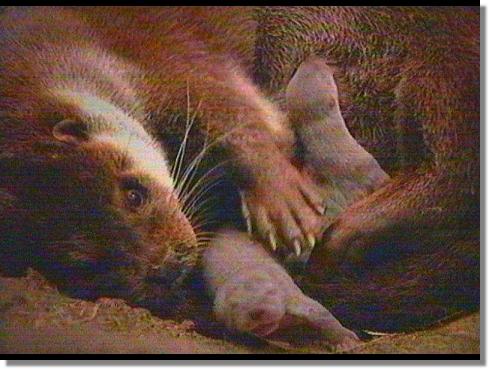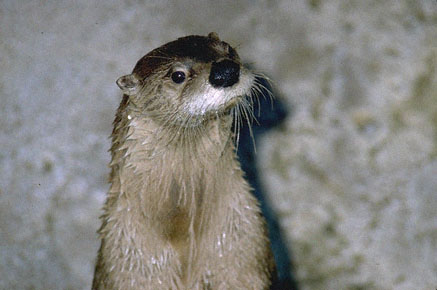|
|
The RIVER OTTER
by Paul Barry
|
River Otter - Lutra Canadensis |
WHERE DO OTTERS LIVE? |
| WHAT ARE OTTERS LIKE? |
 |
 |
LIFE HISTORY |
| WHERE TO SEE OTTERS: |
 |
|
Here are two pictures you can print and color. |
|
The River Otter You are a newly born river otter growing up in the wetlands. Can you
survive? It is best to play this game after visiting the River Otters within our virtual wetlands |
|
|
| Canku Ota is a free Newsletter celebrating Native America, its traditions and accomplishments . We do not provide subscriber or visitor names to anyone. Some articles presented in Canku Ota may contain copyright material. We have received appropriate permissions for republishing any articles. Material appearing here is distributed without profit or monetary gain to those who have expressed an interest. This is in accordance with Title 17 U.S.C. section 107. |
|
Canku Ota is a copyright of Vicki Lockard and Paul Barry. |
|
